Review: LG G Flex 2
Apr 21, 2015, 3:30 PM by Eric M. Zeman
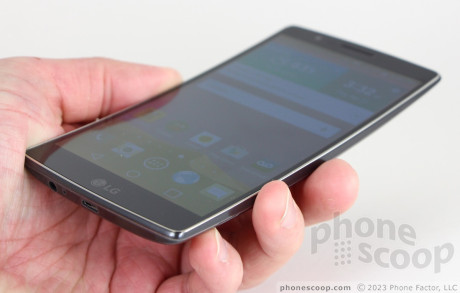
The G Flex 2 stands out from the crowd thanks to its curved shape, and it offers a flagship experience to boot. There's a lot to like with LG's latest Android smartphone. Here is Phone Scoop's full report.
Form
Is It Your Type?
The G Flex 2 from LG is a second attempt to bring the banana-curve phone design to the masses. It's an elegant and refined phone that offers a solid spec sheet and a top-notch build. If you want a capable phone that bends the rules a bit, perhaps the G Flex 2 is what you're looking for.
Body
When I reviewed the original G Flex over a year ago, I suggested it was as if LG had taken its then-flagship, the G2, and literally gone over it with a rolling pin like you would when flattening out cookie dough. The G Flex 2 has a similar relationship with LG's 2014 flagship, the G3. The Flex 2 is a premium handset that bears a striking resemblance to the G3 — only it has a curved shape.
The Flex 2 has a black face rimmed in chrome. Black and chrome can lend a bit of class to pretty much any handset and work well on the Flex 2. Our review unit is the silver model, but LG also sells a dark red version. The back surface is super-duper glossy and reflective. The color has a neat criss-cross pattern to it that is brighter in the middle and darker along the edges, adding a visual depth similar to a vignette effect on a photo. LG did a good job matching the colors and tones of the phone.
The curve itself doesn't look or feel as severe as that of the original Flex. It's really obvious if you set the phone down on a table; it'll bobble back and forth. This means you can't type on it all that easily when it's laid flat. Tapping away at a game or the news while you eat a meal is similarly tricky.
Perhaps the Flex 2's biggest improvement over its predecessor is the size. The original was a behemoth. The second-gen handset is much smaller thanks to the reduced screen size (5.5 inches versus 6) and slimmed bezels. The Flex 2 is much easier to use on a day-to-day basis. It's more approachable by far. It's not small, though, and is perhaps best suited for those comfortable with phablet-sized handsets. At 8.9mm thick, the Flex 2 is anything but slim compared to today's flagships. Moreover, the curved shape gives it an effective thickness that borders on chunky. I have big hands and can barely get my hands around the Flex 2. The rounded-off sides and tapered corners help a lot, but only go so far.
The Flex 2 has a nice weight to it: not too heavy, not too light. I'm pleased with the quality of the materials, and the phone is assembled tightly. The phone will fit in your pocket, but only with the screen facing your body. It's awkward and uncomfortable with the screen facing out. It's incredibly slippery thanks to the glossy back surface.
The front is devoid of anything but the screen. There are no buttons or controls, as LG opted for the on-screen version of Android's main buttons. You can barely make out the LG logo at the bottom and slit for the earpiece on top. The left, top, and right edges of the phone are totally smooth. You won't find the volume toggle or screen lock button here. I like this because it makes the phone more comfortable in your hand and less likely to get snagged when pulling it out of your pocket. The bottom of the phone houses both the USB port and the headphone jack.
As LG has done with many of its phones since 2013, the volume and screen lock buttons are on the back of the Flex 2. LG believes this is a more comfortable way to reach the controls based on how your index finger naturally falls on the back surface of the phone. Whatever. It's LG's gimmick and you'd better get used to it if you buy the Flex 2. The array is positioned just below the camera sensor. The volume buttons are indented a bit and the screen lock/power button has a raised profile. All three buttons have decent travel and feedback. It takes time to get used to where these buttons are located, but I didn't find them grating. There is no dedicated camera button, but the volume keys double as shortcuts to user-defined actions (such as the camera) if you want. It's still too easy to accidentally smudge the camera lens with your finger as you feel for the buttons.
The plastic rear cover is removable, but the battery is not. Peeling off the shell grants you access to the SIM and memory card slots; the power source is sealed in. The cover is clipped in tightly and it takes some prying to remove.
One notable feature about the G Flex 2 is, of course, its flexibility. The device is bendable to a point. For example, if you put the phone screen-down on a flat surface and press hard, you can flatten it out without fear of breaking the screen. It should survive your jeans' back pocket with no problem. The rear panel also features a new coating that self-heals. It recovers from most scratches in mere seconds. (The original G Flex took longer to heal.) If you put the phone in your pocket and your keys mar the back, the damage will vanish in short order - maybe even before you pull the phone out of your pocket.
The Flex 2 is a well-made piece of hardware that isn't as fragile as competing devices from Samsung, Apple, and HTC. I wouldn't call it rugged, and it's certainly not waterproof, but it'll survive some forms of abuse that others won't. The curve gives it unique personality.
Performance
Screen
The Flex 2's 5.5-inch panel features full HD resolution. Some of today's flagships — including LG's own G4 — are headed toward quad HD resolution, but the full-HD screen on the Flex 2 looks fantastic. It's razor sharp, incredibly bright, and depicts accurate color. I like it a lot, and it's amazing that it's flexible, too. There is a downside: smudges. I haven't seen a display collect this much fingerprint grime in years. There doesn't seem to be a fingerprint-proof coating. This really mucks up outdoor viewability. Otherwise, the screen is great.
Signal
The Flex 2 did a great job on Sprint's network. It performed above par when compared to most phones I've tested on Sprint lately. It remained connected to the network no matter where I took it around the greater New York City area. It latched onto Sprint's LTE network the majority of the time I used the phone and only dropped to 3G in the remotest regions under the worst signal conditions. Where Sprint Spark was available, the Flex 2 showed a strong connection and fast data speeds. In poor LTE coverage zones, the phone still managed to load web sites in short order. The phone did not miss a call, nor did it drop a call during my test period.
Sound
I was generally pleased with the Flex 2's call quality, though it doesn't quite match that of the Samsung Galaxy S6 and S6 Edge. The earpiece produces plenty of volume and I was able to hear calls easily in noisy spaces. Calls were a bit choppy, though, thanks to some distortion in the earpiece speaker. The distortion goes away if you turn the volume down, but then you run the risk of not hearing your conversations at all. The speakerphone had similar performance. It offered plenty of volume, but middling clarity. Conversely, people I spoke to through the Flex 2 said I sounded excellent. The ringers and alert tones had plenty of power, and the vibrate alert was more than enough to get my attention.
Battery
The 3,000mAh battery packed into the Flex 2's frame provides plenty of juice to get through the day. In most instances, the Flex 2 easily maintained a charge from breakfast to bedtime without issue. The Flex 2 was attached to Sprint's LTE network the majority of the time I spent testing it, and I made sure the screen brightness was up and the Bluetooth, WiFi, and GPS radios were on. Despite heavy usage, I never managed to kill the battery entirely in a single day; it often took 36 hours or longer.
Unlike its competitors, LG's battery saver tool is rather bare bones. You can turn on the battery saver once the device reaches 15% battery, but it's not clear what it does to conserve power (other than dim the screen a bit.)
Basics
Menus
The Flex 2 runs Android 5.0 Lollipop with LG's user experience dressing everything up a bit.
The lock screen is fairly adjustable. It supports LG's KnockOn and Knock Code for viewing notifications and unlocking the device, respectively. It includes normal security options (PIN, password, pattern) and you can opt to view just a clock, or a clock along with five user-assignable shortcuts that are located at the bottom of the screen.
There are seven home screen panels active out of the box and four of them are crammed with Sprint widgets and shortcuts. As with all Android devices, however, you can strip these away and customize the home screens however you see fit. The selection of widgets, wallpapers, and shortcuts is significant.
LG has long included a highly configurable app menu with its handsets and the Flex 2 is no exception. The default setting is a grid with several pre-filled folders of Google and Sprint apps. You can choose small or large icon sizes, and view them in alpha, custom, or downloaded order. LG's tool for hiding and uninstalling apps is better than most, which make it a breeze to rid your device of bloatware (or at least get that junk out of your face.)
The notification shade works pretty much the same as it does on other Android devices. The toggles and other controls can be adjusted to suit your needs, but it's not as obvious as it should be that the toggles slide sideways to reveal more. I like that all of the volume settings can be adjusted quickly from the notification tray.
LG's QuickMemo is available from the notification shade. This function takes a screenshot and lets you mark it up and share it. As with other LG phones, the QSlide apps are on board, too. These are best accessed from within the supported app directly (more in a bit.) The Flex 2 also includes LG's Easy Mode for first-time users.
The settings menu is arranged as a long, single list, but you can change it to a tabbed view if you want. The tabbed view requires less scrolling, but it takes longer to figure out which settings are hiding under which tabs. The Flex 2 includes a wide array of options for customizing the phone's behavior. For example, you can arrange the main Android buttons at the bottom of the screen however you like. You can have up to four buttons, some of which are shortcuts to LG software, such as QSlide or the dual-window feature.
Like some of Samsung's handsets, the Flex 2 supports two apps running at the same time, each in its own window. LG calls this function "dual window." It's easy to activate and use, and lets power users swap content between apps faster and easier. You can also choose to enable one-handed operation, which shrinks down the keyboard and dialpad into a bottom corner. And of course the Flex 2 supports LG's KnockOn and KnockCode functions for waking and interacting with the screen via tap gestures. Tap twice to wake the screen so you can check the clock and notifications, or tap in a unique pattern - anywhere on the screen - to unlock the phone.
The Flex 2 is one of a first few phones to ship with Qualcomm's Snapdragon 64-bit 810 processor mated with 2 GB of RAM. It's a fast-as-hell processor and the Flex 2 munches through apps with delight. There had been rumors pre-launch that the 810 was too hot, but they are unfounded. The G Flex 2 ran nice and cool. This is a fast phone and nothing fazed it at all. You needn't worry about app performance.
Calls and Contacts
The Flex 2 has the same phone and contacts apps as most LG handsets from last six months or so. That's not a bad thing.
The phone app includes a nice dialer in addition to tabbed access to call history, contacts, favorites, and groups along the top. In-call options include the ability to add a line, send to Bluetooth, hold, reject with message, or mute. You can also open the notepad and messaging apps.
The Flex 2 includes some gestures to interact with the phone, such as answering calls by bringing the phone to your ear, or silencing calls by flipping the phone over.
The Flex 2 supports Sprint's WiFi Calling service. I found the service worked well. Calls connected in a snap and sounded about on par with calls made via Sprint's cellular network. Unfortunately, WiFi calls are not able to transition to Sprint's cellular network if you leave WiFi coverage. The call will drop.
The contacts app syncs with myriad online contact databases and makes it a cinch to sort between them for easier viewing. Individual contact cards hold reams of data, and the Flex 2 has a better assortment of contact widgets than most other phones I've reviewed in recent months.
Both the phone and contact apps are available as “QSlide” floating mini-apps. There's a button in the phone dialer and a corresponding one on the contact screen to shrink the app, but leave it open and running on top of other apps. This means you can always have the phone controls or your contacts front and center while performing other tasks. The transparency level of the apps can be adjusted, and you can move the app window to any spot on the screen. The QSlide apps are at their best when several are used at once. They're a great tool for power users.
Messaging
The Flex 2 doesn't offer any surprises in the messaging department. Gmail is on board, as is the old (and now redundant) standard email app. Gmail handles all types of email accounts these days and does so with ease. The Flex 2 includes the older texting app from Google and LG has turned it into a QSlide app. You can start writing a message, tap the button to minimize the app, and do something useful like pulling details from a web page as you compose your message. The Messaging Plus app is on board too, which is a third-party app for handling SMS. Like the S6 and S6 Edge, the newer Messenger app from Google for SMS isn't preloaded. The Flex 2 has the Hangouts app, which handles SMS and IM together, if you wish. Let's not forget Facebook Messenger, as that's pre-installed, too.
The Flex 2 also offers Sprint's Family Wall, which is a shared messaging space for family plan members. It lets people share not only group messages, but also calendars, photos, and files. It actually makes sense for families to use, though I wish the user interface were a bit less hokey. If you're not interested in these, there are myriad third-party options (WhatsApp, Skype, etc) available in the Play Store for free.
Google+ is the only full social network app pre-installed on the Flex 2.
Extras
Media
The Flex 2's pre-loaded media apps more or less mirror those of other Sprint phones. The phone comes with Google's Play apps for buying and consuming movies, books, TV shows, and magazines. These apps work well. The Flex 2 also has the native YouTube app, as well as a basic music app for playing side-loaded content. The simple music player works well; it's too bad there's no similar app included for your side-loaded video.
Like the Galaxy S6, the Flex 2 is packed with other apps for specific media content. Options include NextRadio, Sprint Music Plus, Sprint TV & Movies, Spotify, and Sprint's NBA and NASCAR apps. If you're serious about consuming music and video content on your phone, Google offers a better experience than the Sprint apps, although Spotify is an excellent app if you want to avoid Google's subscription music service.
The Flex 2 doesn't have a smart TV content guide like the S6, but it at least has a basic remote control app for your TV and home theater. I found the remote control software was easy to set up and compatible with the majority of my equipment.
Want to share stuff from your phone to other gear? The stand-alone MP3 player has DLNA built in and the tool is drop-dead simple to use. There's an icon at the top of the screen that, when pressed, prompts you to connect to nearby TVs or stereo receivers.
Camera
The Flex 2 uses the most recent camera application from LG, which we saw on the F60 earlier this year. The user interface is a bit more open and easier to digest thanks to cascading menu panels that come and go as needed. The Flex 2 doesn't have a physical camera button, but you can launch it from the lock screen or with a long press to the down volume button on the back of the phone.
The camera interface includes controls running down the left and right sides of the screen. Five quick action buttons appear on the left: settings, flash, user-facing camera, modes, and menu. These buttons cannot be customized. The controls float over the viewfinder if you shoot in 16:9 mode, but if you use the full sensor (4:3), the controls are repositioned into black bars along the side edges. There are separate buttons for the camera and video camera so you can easily snap stills while filming video.
The Flex 2 doesn't offer all that many shooting options. You can cycle the flash to on, off, or auto; you can shoot in normal, panorama, or dual-camera modes; you can alter the resolution; and you can turn HDR on or off. There are no controls for exposure, white balance, color, or contrast, nor are there any fun extras like effects or filters. The dual-camera mode lets you shoot pictures with the back and front cameras at the same time so you can include yourself if you want. Some of LG's competitors offer more shooting modes, and, if they don't, allow you to download more shooting modes. For example, Samsung stripped the S6 of most of the advanced shooting modes we saw on the S5 and S4, but made them accessible online for people who really want to use them.
If you press and hold the screen, the camera will automatically take a burst of shots for as long as you touch the screen. LG also added something rather neat called Gesture Shot. With this, you raise your hand in front of the selfie camera and wait for a box to appear around your hand on the screen. Once the screen appears, make a fist and wait three seconds — then the camera will fire off a shot. It's rather convoluted and doesn't work consistently.
It's a fairly basic camera set-up, but boy does it work well. I found the Flex 2's camera software to be extraordinarily quick to focus and snap photos. It's fast.
Photos
The 13-megapixel shooter from LG does a great job. I was impressed with the accuracy of exposure and white balance, and focus was razor sharp most of the time. The phone has laser-assisted focus and the results matched the cool-sounding tech. Truly, photos looked great across the board. Crummy shots were the rare exception rather than the rule. Perhaps my only complaint would concern the grain I saw on indoor shots taken without the flash. Such images showed some granularity in the darker details. Using the flash takes care of this, by and large, though it adds the possibility of blowing out the highlights. If you're using the Flex 2 outside on a sunny day, you can almost expect perfection.
Bottom line: the Flex 2 offers a great camera; you can certainly count on it for most general picture-taking needs. It may not be flexible when it comes to advanced features, but its solidity in providing consistent results is much more important.
Video
If you're looking for a phone that can handle all your daily video-capturing needs and then some, the Flex 2 is your phone. The full HD video I captured looks great. I was very pleased with the color, focus, and exposure. I thought each was accurate. The Flex 2 can record up to 4K (Ultra HD) video, but it's not necessary at the moment (unless you're an early adopter and have a 4K TV in your house.) The full HD content you create will be more than satisfactory. The Flex 2 was able to handle most shooting conditions. As with the camera, I saw some grain when shooting in the darkest environments, but it wasn't severe by any stretch.
The Flex 2 is a great option for capturing video if you find yourself without a dedicated video camera.
Gallery
Like many Android handsets these days, the Flex 2 has two picture-managing apps installed: There's an LG-designed app as well as Google's Photos app. I recommend Google's Photos app. It offers a more solid set of editing tools than the LG app and also has features such as Auto-Awesome and automatic uploads for safekeeping. Both apps have plenty of tools for sharing photos across a wide range of social networks and messaging platforms. You won't go wrong with either, but Google's native support for the cloud for safe-keeping gives it a leg up in my book.
Apps
You shouldn't be surprised to learn that there are more than a handful of apps cluttering up the Flex 2. There's 1Weather, App Pass, Lookout, Messaging Plus, NASCAR, NBA, NextRadio, Scout, Spotify, Sprint Fun & Games, Sprint Music, Sprint TV & Movies, Sprint Worldwide, and Sprint Zone. Unlike the Samsung Galaxy S6, you can delete a good number of the crummy third-party apps installed on the Flex 2. Yay choice!
Bluetooth
The Flex 2's Bluetooth radio worked flawlessly. It paired with and connected to a range of other devices without issue. Bluetooth 4.1 plays nice with things like smartwatches, fitness bands, PCs, phones, tablets, and of course headsets of all shapes and sizes. I used it to make some calls through my car's hands-free system. The calls sounded a bit murky, but volume was good. Music sounded excellent when blasted through a Bluetooth speaker.
Browser
Chrome and the generic browser are installed for your web surfing needs. Chrome is a great browser and works well on the Flex 2. It delivered web sites in flash thanks to Sprint's Spark network and the pages look beautiful on the Flex 2's bright and sharp display. The generic browser is fine for surfing, but doesn't have quite as many cool features as Chrome. The one feature it does have that Chrome doesn't is support for LG's QSlide function. With QSlide, you can put a small, floating browser window on your home screen.
Clock
Double tap the screen to wake the Flex 2 and check the time. The clock appears in a circular window near the top of the display. I wish the font were thicker and bigger to make it more visible. It cannot be customized.
GPS
The GPS radio worked fine and was very quick to pinpoint my location. It functioned well with both Google Maps and TeleNav's Scout application, which Sprint commonly installs on its phones. Maps is great for getting yourself from place to place, and I actually like Scout for helping discover nearby points of interest like banks and coffee shops.
LG Health
LG is playing a bit of catch-up here with Samsung. The G Flex 2 has a dedicated health and fitness app called LG Health. You can use the app to track your activity and fitness pretty easily. I was able to set up a profile in no time and start counting steps and tracking other activities.
Wrap-Up
Even if the LG G Flex 2 weren't curved, it would be a great phone. LG did a bang up job designing and assembling a spiffy phone of remarkable quality.
The Flex 2 nails pretty much every feature across the board. The screen looks fantastic, data and call performance was quite good, and battery life was superior. LG's decorative version of Android 5.0 offers genuinely helpful extras, such as the QSlide apps, and a cornucopia of options for making the phone your own.
The media tools — especially the camera — are excellent. The Flex 2 takes great pictures and is great fun when it comes time to watch YouTube videos or listen to the latest tunes. Features such as the TV remote control are nice bonuses.
After using the G Flex 2 for a week, however, the phone doesn't answer the existential question: Why? Why the curve? I totally appreciate the phone's flexibility, but the curved shape adds absolutely no value other than the design aesthetic, as far as I am concerned. I'm not saying there's anything wrong with it - not at all - but LG's claims that the curved shape fits your hand and face better are hard to quantify.
Would I recommend this phone? Sure. If you want a flagship device that stands apart from the crowd, the G Flex 2 offers exactly that experience. The curved shape and flexibility are unique, to say the least, and the Flex 2 delivers where it counts most.
Comments
Why? Why the curve?
Is that any different from making a device out of flimsy metals and fragile glass, while sacrificing critical functionality like removable batteries and expandable memory, and calling it premium?


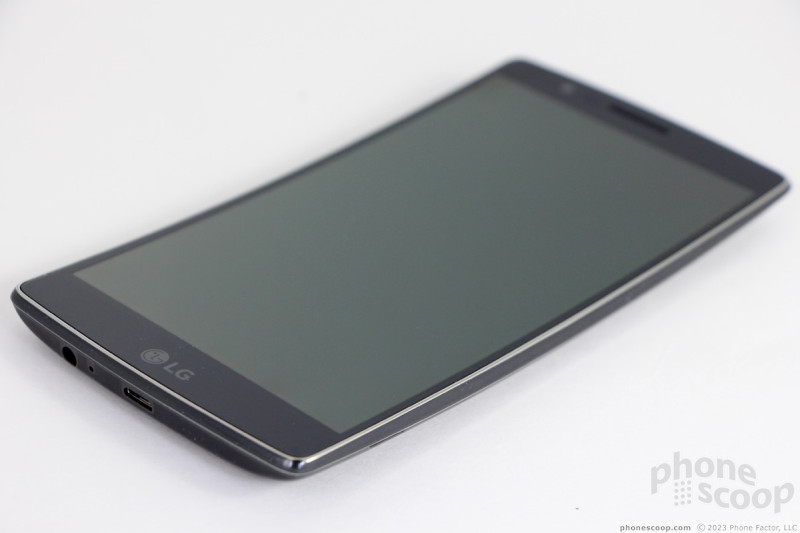














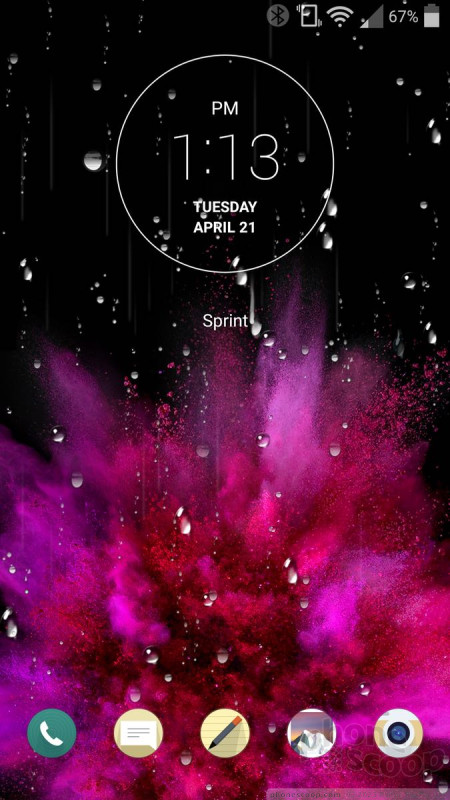








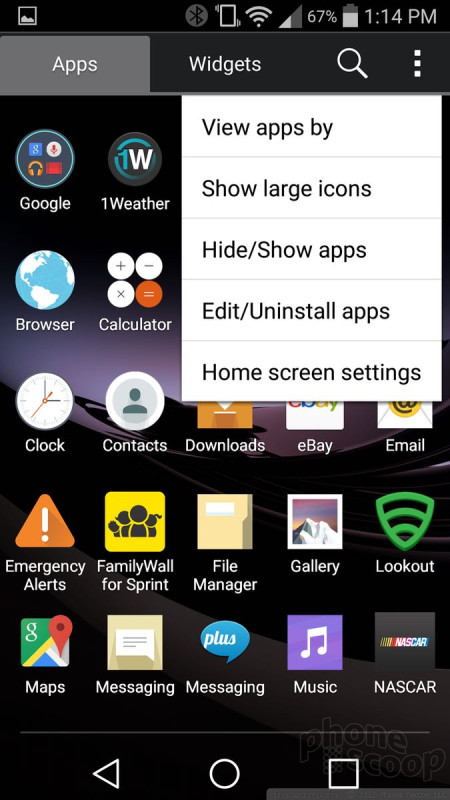



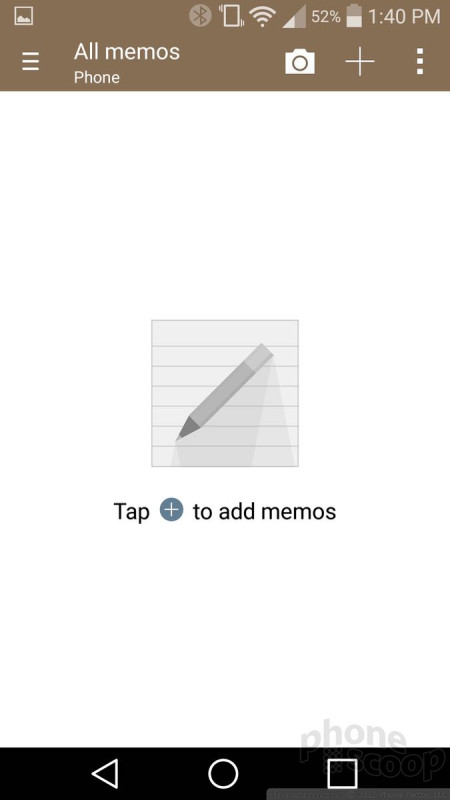










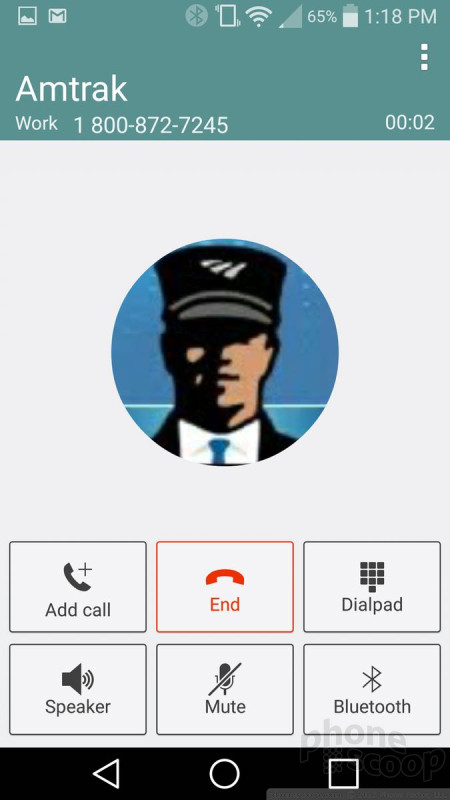




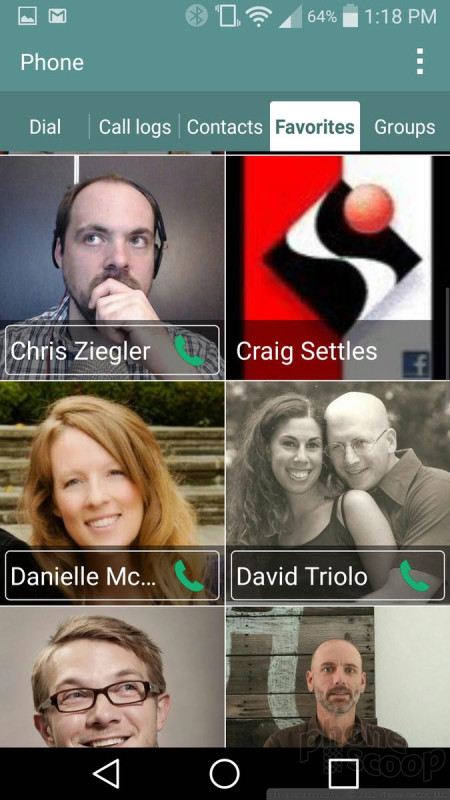




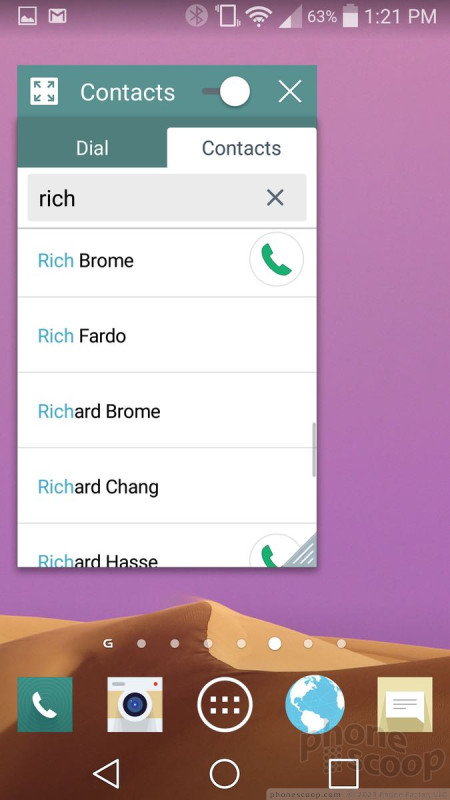



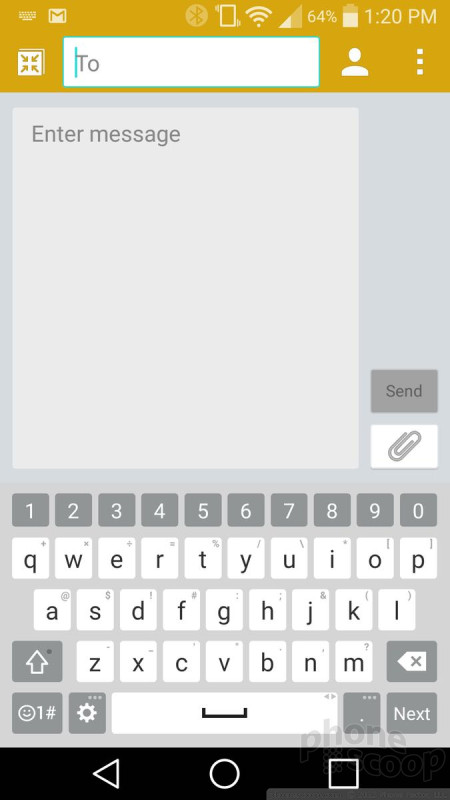





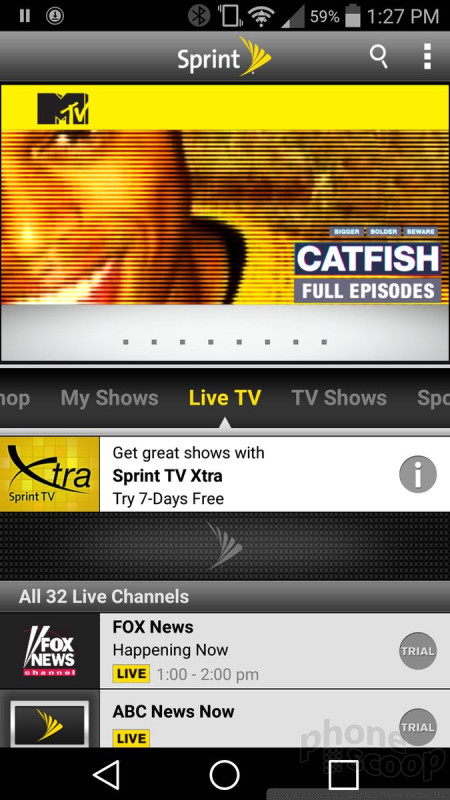







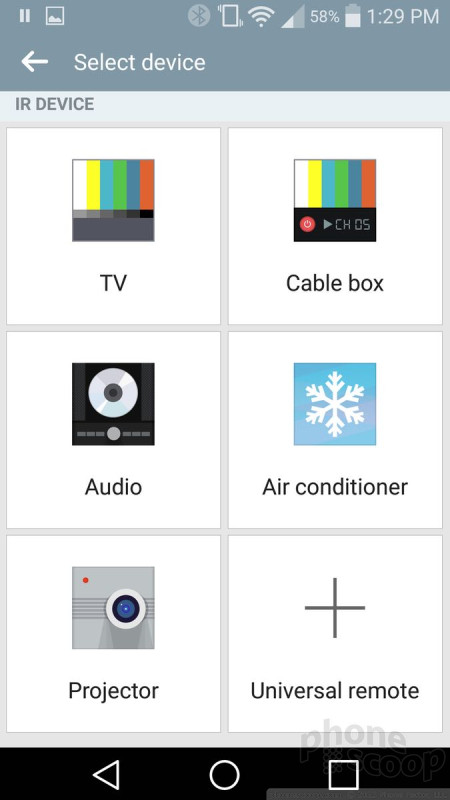





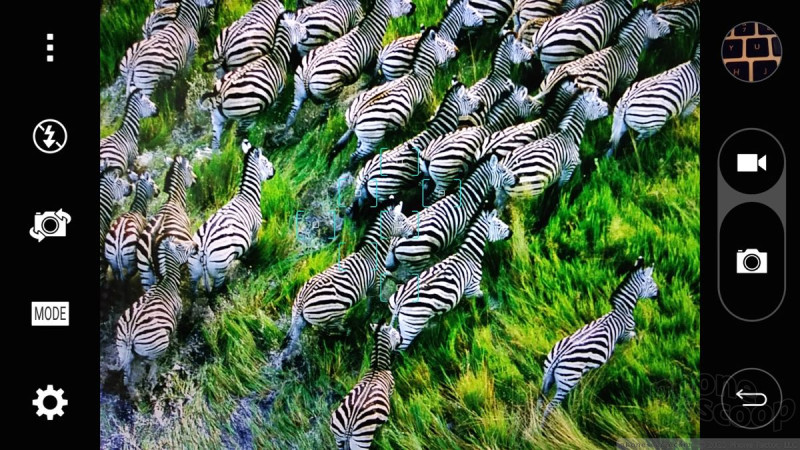






















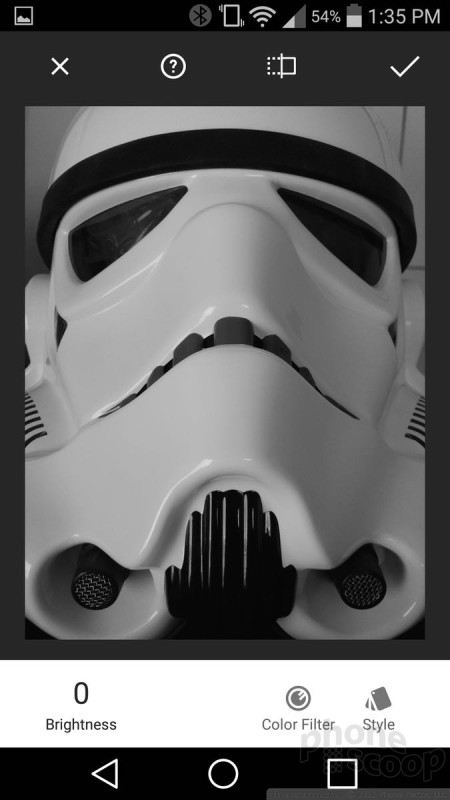









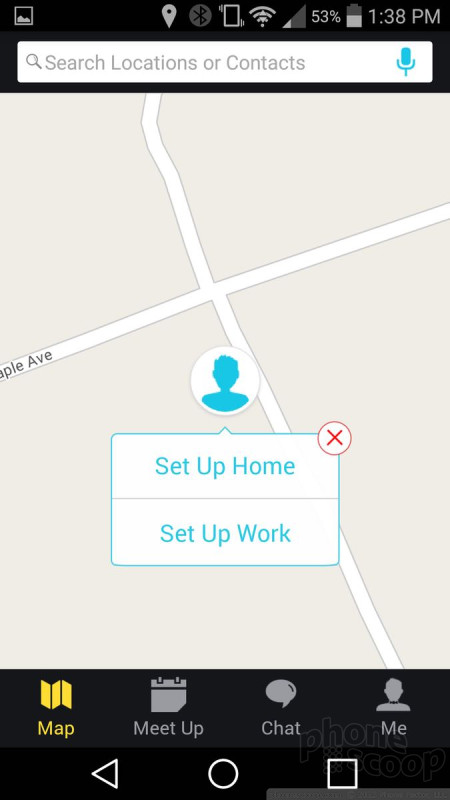



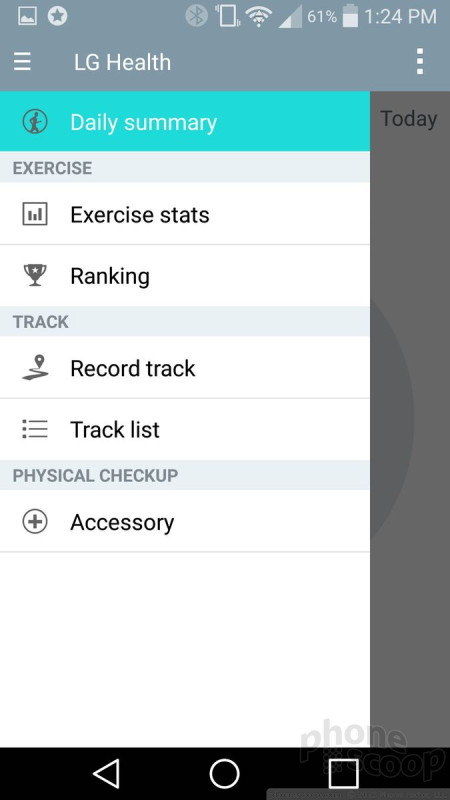





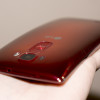 Hands-On with the LG G Flex 2
Hands-On with the LG G Flex 2
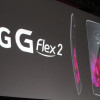 Liveblog of LG at CES
Liveblog of LG at CES
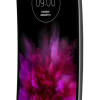 Global Rollout of LG G Flex 2 Underway
Global Rollout of LG G Flex 2 Underway
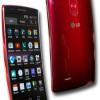 LG Shows Off Improved G Flex 2
LG Shows Off Improved G Flex 2
 LG G Flex2 (CDMA)
LG G Flex2 (CDMA)
 LG G Flex2 (GSM)
LG G Flex2 (GSM)




